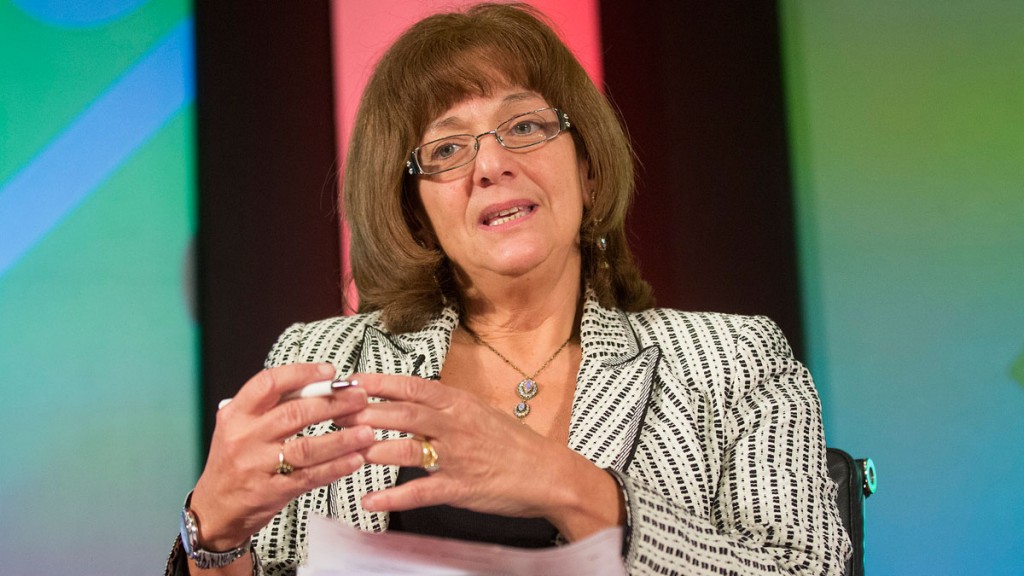
Finally, finally – one of our main bugbears is being picked up properly by the rest of the press.
We have been raging here for several years about the way that super-low interest rates affect defined-benefit pension fund deficits. The lower interest rates go, the deficits soar – and the more money companies have to divert away from productive activity and towards the desperate effort to stop the sharp slide towards disaster.
The result is panicky newspaper articles, hysterical trustees, low levels of investment in the real economy – and lower productivity and wages than we would otherwise have. It is all bad for all of us.
The maddening thing about this is that, while it looks necessary, it isn’t. Let’s look at why deficits soar as rates fall – and so why the problem looks so much worse even since our “Brennaisance” referendum (PwC data shows a rise in the collective deficit by £100bn in the month of August alone).
As Jonathan Ford points out in the FT today, the deficit numbers have “little to do with the health of a scheme or indeed the underlying covenant supplied by its sponsoring company. It reflects rather the mechanical effect of using ‘risk free’ yields to compute the present value of cash that will be paid out to pensioners over many decades.”
The funds use government bonds yields as a proxy assumption for the returns they will make in the future. Every time yields fall, so does their return assumption and hence the amount of money they assume they will have in the future based on the value of the assets they have now. The natural conclusion? They must have more money.
But think about this and it is obviously silly. The gilt yield doesn’t necessarily bear any relationship at all to the returns available on assets the pension funds already hold. And if the fund is capable of making an higher yield via a diversified portfolio (most can!) why should swings in gilt yields “require an immediate response” – particularly given that low rates drive up the price of other assets?
The whole thing is made a million times worse by what we call “liability driven investment” where pension trustees are told to cut the risk in schemes by buying bonds to lock in safe income and hedge against interest rate falls. This is nuts, of course – the lower bond yields go, the more of them the pension funds feel they must buy and the more ridiculous the whole thing gets.
The good news is that the ex-pension minister, Ros Altmann, sees the problem (see my last interview with her). We see it, Rob Cox sees it, and in the FT alone today two other people see it as well.
Royal London’s CIO Piers Hillier is quoted as saying how nuts it is that the system pushes funds into low-yielding bonds when it should be steering them to high-yielding infrastructure. There are few pages in the paper too on the chief executive of AP7, the Swedish pension fund, lamenting the way that low interest rates are destroying pension funds and demanding that central banks change the way they make interest rate policy.
All this might sound technical and boring. But it is incredibly important (pension fund deficits destroy companies). So the fact that it is all finally getting some media traction is a very good thing.